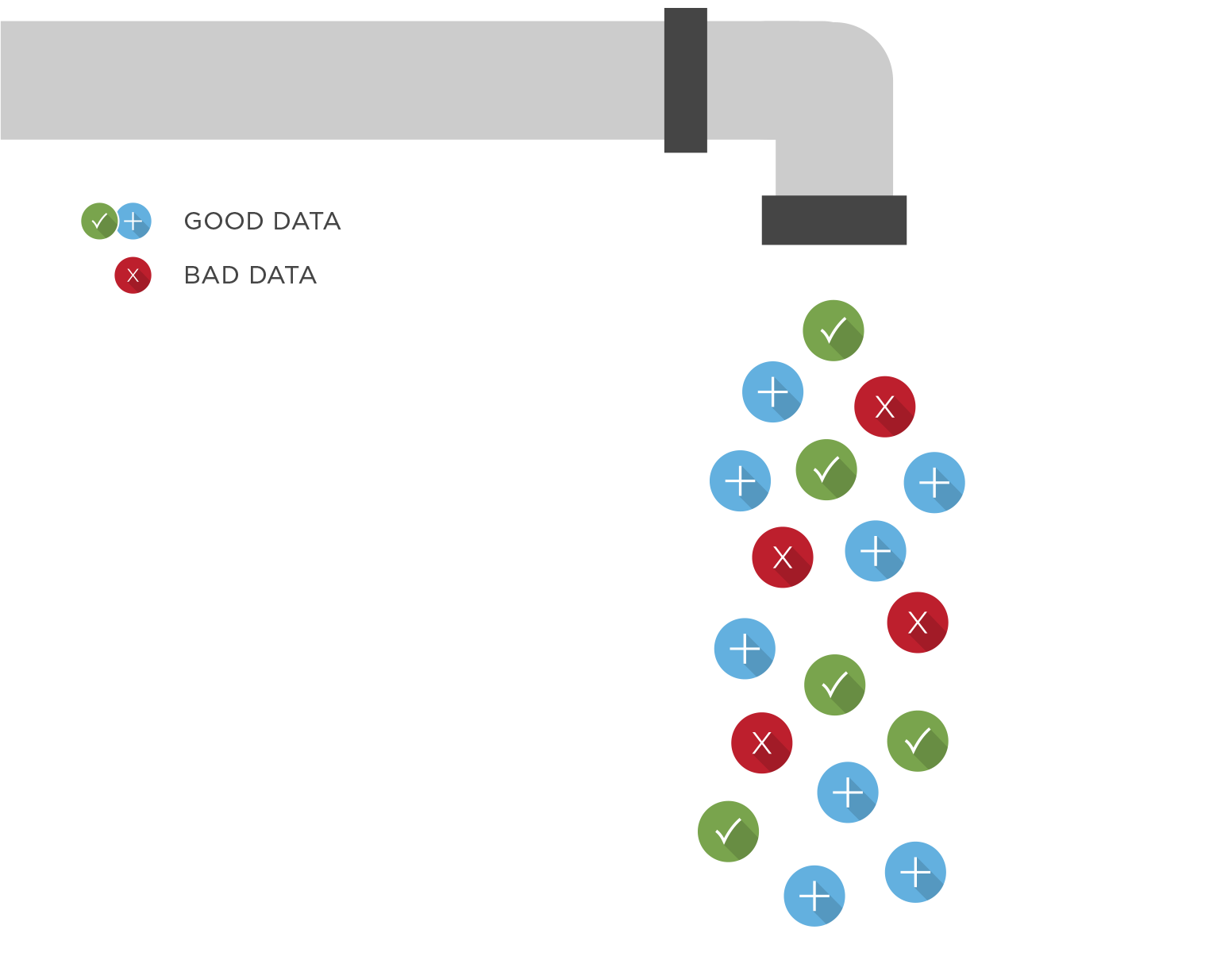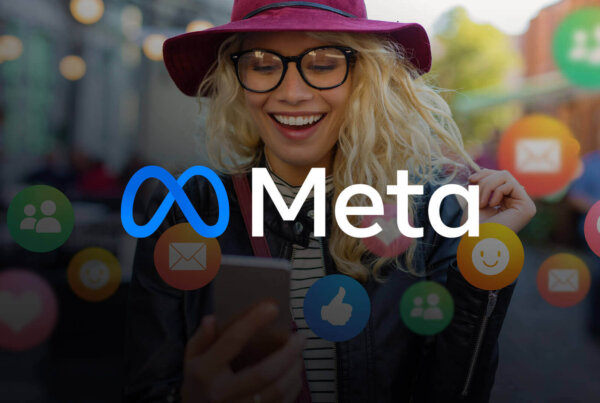
“Data is the new oil.” It’s a fitting metaphor for today’s digital information landscape. Data “fuels” any number of industries and arguably many facets of our daily lives. Like oil, it must be refined from its impurities to be used efficiently. Unlike oil, however, data is an unregulated resource, full of impurities stemming from rampant fraud. According to Juniper Research, ad fraud is estimated to cost $19 billion this year and rise to $44 billion by 2022. Left unaddressed, fraud will taint a brand’s marketing data and strategic decisions made based on that data can become errant—if not downright dangerous.
Ignoring mobile ad fraud doesn’t mean it’s not there
As a mobile measurement provider, Kochava receives and transmits data signals to and from media partners on behalf of marketers. This process facilitates conversion attribution against billions of dollars in ad spend each year. More often than not, we detect fraudulent noise in the data signal from partners, which muddies the data insights marketers need for planning future campaigns.
This influx of fraud is a direct response to the mobile advertising industry’s thirst for fresh inventory and reliance on the last-click attribution model. It incentivizes maintaining last touch which often takes the form of publishers flooding their channels with spurious clicks to maintain recency. Kochava data science has observed that the partners with the highest volumes often have an increased incidence of fraudulent clicks and installs:
- The top 10 highest volume (not highest performing) partners account for 84% of the fraudulent click volume.
- 27% of the installs driven by these same partners are fraudulent.
Because so many marketers run with these high volume media partners, fraud is present in their campaigns and compromises their ability to perform accurate marketing analyses. With millions of ad spend dollars at stake, marketers would be remiss to not pursue fraud protection.
Marketers should be outraged
While the estimated costs of ad fraud vary, the consensus is that it’s in the billions of dollars. So where’s the uprising among marketers?
Fraud is theft, which has never been an accepted practice in general society or business, so why should mobile ad fraud be regarded differently? It shouldn’t. This is one reason we compiled the Kochava Traffic Index—to show how media partners compare against each other in the fraud arena. From this endeavor, it is clear that marketers are not without allies and partners in the ongoing battle against fraud. In the Q3 2018 release of the index, the media platform Pinsight ranked first among media partners evaluated with the lowest percentage of fraud.
“Pinsight is committed to fighting fraud and offering the highest quality traffic to our advertising customers. Being ranked among the top five in the Kochava Traffic Index is an achievement we are proud of,” said Brian Smith, COO of Pinsight.
Media partners can and must restore data integrity and data clarity to the stream of impressions and clicks they send to measurement partners. This data stream, which we term “ad signal,” is the lifeblood of clean, clear measurement on which marketers rely so heavily. The index is a major step toward helping marketers find partners who are making effective progress in this regard.
In evaluating partners for ad fraud, click flooding remains one of the most prevalent tactics, albeit the elephant in the room. Some publisher and/or sub-publisher sites continually yield thousands, tens of thousands, or even millions of clicks per install. This is not reflective of normal human ad clicking behavior. If a marketer is being fed this story by a media partner, alarm bells should be ringing. Even more so, be wary of a media partner who claims that clicks don’t matter because you’re only paying on cost per install.
Educate yourself: Knowledge is power
The best way for marketers to fight fraud is to get informed and use the anti-fraud tools available today to shift the odds in their favor. There are automated tools and quick lessons that go a long way toward helping marketers understand how they are being defrauded. Familiarizing themselves with these tools will empower them in the defense of their campaigns and ad spend.
Marketers can educate themselves about the most common types of fraud and how they’re detected. Check out this multi-part series written by Grant Simmons, head of client analytics at Kochava. Gaining this firm foundation is important for confidently discussing traffic anomalies with a partner and negotiating possible make-goods.

Activate automated anti-fraud tools
Activate automated, machine-learning tools like the Global Fraud Blocklist. It’s as simple as the flip of a toggle. This one step will protect a marketer from the most blatant and egregious fraud actors in the ecosystem. The Blocklist is a dynamic list of known fraudulent entities that uses machine learning to identify and add new entities from which to block data.
Also included in our fraud prevention suite is the Fraud Console, an interactive dashboard that visualizes anomalous outliers and abnormal trends indicative of fraud. With the click of a checkbox, marketers can begin building their own, custom blocklist for tighter protection.
Tactics identified include:
-
- Click spamming/flooding: High click-to-install rates mean the wrong channel is being credited with attribution and that organic installs are possibly being stolen
- Click injection: Surfaces abnormally short time-to-install
Ad stacking: One ad is shown, but multiple ads hidden behind it send clicks
Working with Kochava Client Success Managers, marketers can also use the Fraud Console to export reports and approach media partners if make-goods are necessary.
A new reference on inventory performance
The Kochava Traffic Index, a free quarterly report, is the latest tool helping marketers choose partners with quality traffic. The index is a “window into media partners” where marketers can see how partners’ inventory scored before running campaigns with a new partner. Partners are ranked by four key metrics:
Signal clarity: purity of the impression and click data sent
Fraud: the percentage of fraud in the data delivered to Kochava
Quality: percentage of users retained beyond 30 days
Correlation: the strength of the relationship between clicks and installs
Use the report to compare the partners you’re already running with or to research new ones.
Approach media partners with confidence
Kochava has been an industry leader in investigating mobile ad fraud and developing a set of tools to empower our customers in the fight against fraud. If a partner hasn’t ranked well on the index, or a Fraud Console report shows anomalous data, we can help with the necessary steps to mitigate fraud and improve campaign performance.
We’ve had customers unsure of how to approach media partners who claim their data anomalies are normal. With an understanding of fraud metrics, our customers have the evidence and confidence to explain the anomalies in their campaign data and resolve the issues.
Reach out to your Client Success Manager for support, or Contact Us about getting started with Kochava.
Educational resources FYI:





